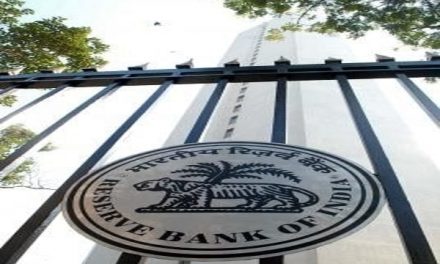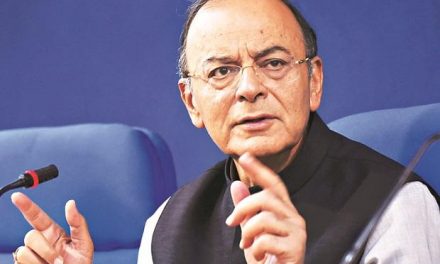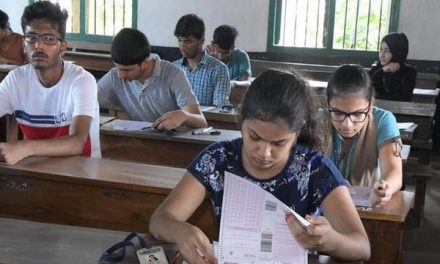The Reserve Bank of India’s (RBI) monetary policy committee (MPC) on Wednesday unanimously decided to keep the repo rate unchanged at 4 percent for the tenth consecutive time and continued with the accommodative stance.
Worth mentioning here is that this is the 10th time in a row that the Monetary Policy Committee (MPC) headed by RBI Governor Shaktikanta Das has maintained the status quo. In May 2020, the central bank last revised its policy repo rate or the short-term lending rate in an off-policy cycle to bolster demand by cutting the interest rate to a historic low.
.
Repo rate is the rate at which the RBI lends to banks, while reverse repo rate is the rate at which it borrows from banks.
.
The six-member MPC, headed by RBI governor Shaktikanta Das, met for three days from February 8.
“Overall, taking into consideration the outlook for inflation and growth, in particular the comfort provided by improving inflation outlook, the uncertainties related to Omicron and global spillovers, the MPC was of the view that continued policy support is warranted for a durable and broad-based recovery,” RBI governor Shaktikanta Das said in his address.
“The fact that the repo rates remain unchanged is good for home loan borrowers as the floating retail loan rates, which are directly linked to external benchmark repo rates, will continue at what are the lowest levels in the last two decades. A continuation of this low-interest rate regime supports the overall environment of affordability for some more time and is very welcome,” said Anuj Puri, chairman of ANAROCK Group.
The RBI also left the reverse repo rate at 3.35 percent.
Experts expected an increase in reverse repo rate to reduce the surplus liquidity into markets given to tackle the pandemic.
However, the MPC decided not to do so and allow some more time for the economic recovery to be broad-based.
There is some loss of economic momentum due to the third pandemic wave and demand for contact intensive sector is mute, the Governor said.
On inflation, the Governor said hardening of global crude oil prices presented upside risk to inflation but hoped it would broadly remain within the tolerance band of the central bank at 2-6 percent.
He retained the retail inflation forecast for the year 2021-22 at 5.3 percent. The CPI inflation is forecasted for 2022-23 was brought down to 4.5 percent.











